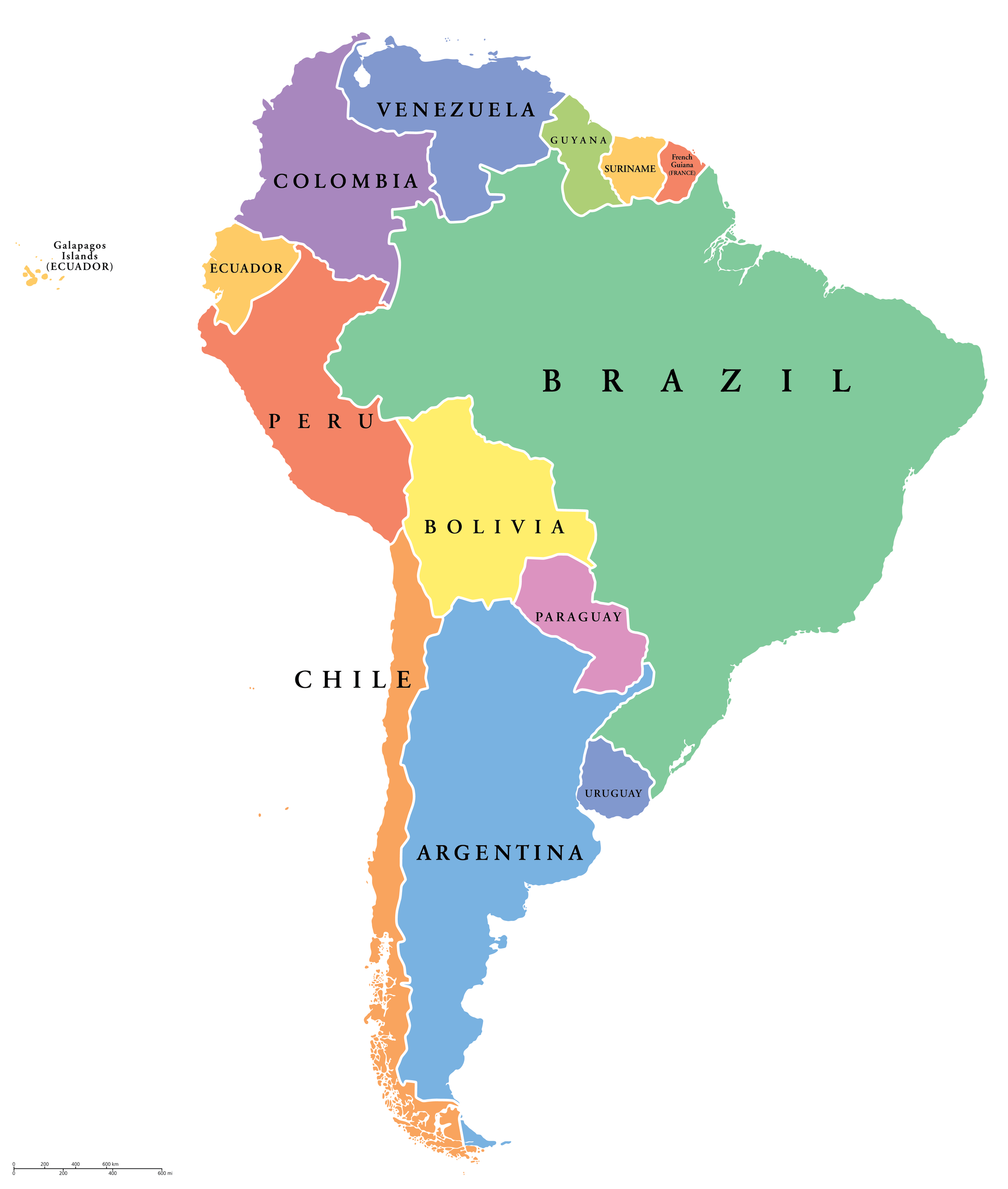
How Many Countries Are In South America?
South America is the fourth largest continent on Earth, home to more than 420 million people. Consisting of 12 separate countries, South America hosts dozens of nationalities, languages, cultures, and faiths. Early archeological evidence suggests that people have been occupying South America since 16,500 BC, but the arrival of Europeans in the 16th century radically altered the social and political landscape.
The Countries Of South America
| Country | Population | Area |
|---|---|---|
| Argentina | 45,773,884 | 1,073,518 m2 |
| Bolivia | 12,388,571 | 424,164 m2 |
| Brazil | 216,422,446 | 3,287,955 m2 |
| Chile | 19,629,590 | 291,932 m2 |
| Colombia | 52,085,168 | 439,735 m2 |
| Ecuador | 18,190,484 | 109,483 m2 |
| Guyana | 813,834 | 82,999 m2 |
| Paraguay | 6,861,524 | 157,047 m2 |
| Peru | 34,352,719 | 496,224 m2 |
| Suriname | 623,236 | 63,251 m2 |
| Uruguay | 3,423,108 | 68,036 m2 |
| Venezuela | 28,838,499 | 352,144 m2 |
Argentina
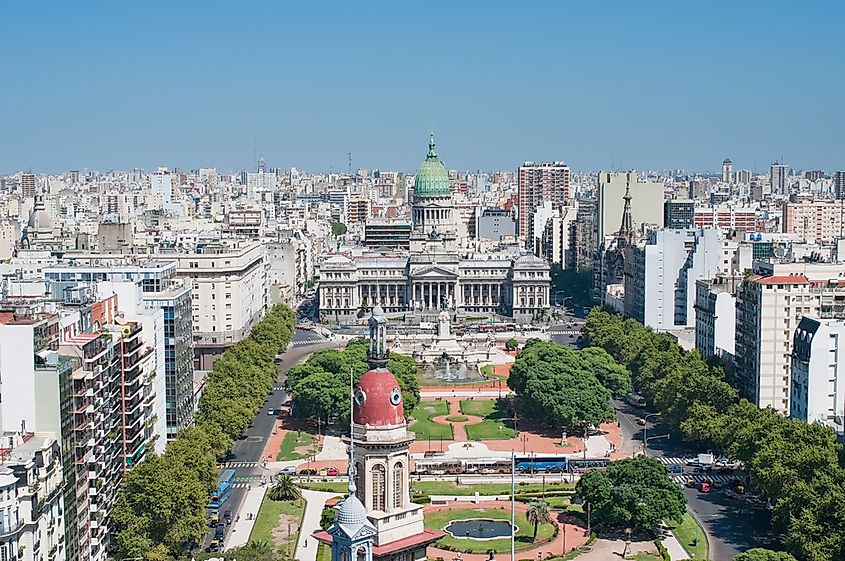
Argentina can be found at the southernmost point of the continent. Argentina is a Spanish-speaking nation with a heavy cultural influence from other European nations. During the turbulence of the late 19th and early 20th centuries, a large influx of Italian and German immigrants flocked to Argentina in search of greener pastures.
Its capital, Buenos Aires, has often been called the "Paris of South America" due to its distinctly European architecture. More than 44 million people call Argentina home, and the country is primarily located in large urban areas. It shares a border with Chile, Paraguay, Bolivia, Brazil, and Uraguay.
Bolivia
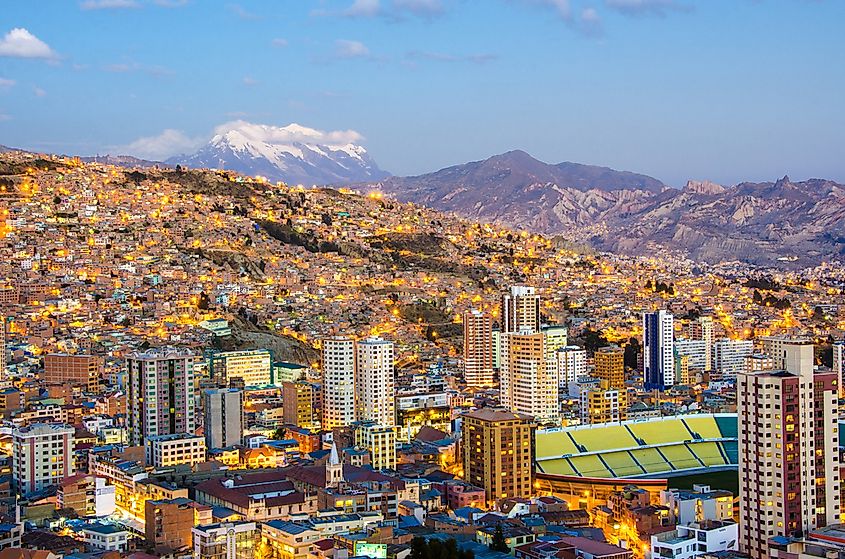
Bolivia is situated in the middle of South America. It is one of few nations on the continent that is landlocked and does not have access to the ocean. Bolivia is an incredibly mountainous country with many towns and villages located at incredibly high altitudes.
There are around 12 million Bolivians, half of which are of Indigenous origin. Typical of most South Americans, Spanish is the most widely spoken language; however, native languages such as Quechua and Aymara are spoken commonly, too; this linguistic diversity is something that makes Bolivia somewhat of an anomaly in the region.
Brazil
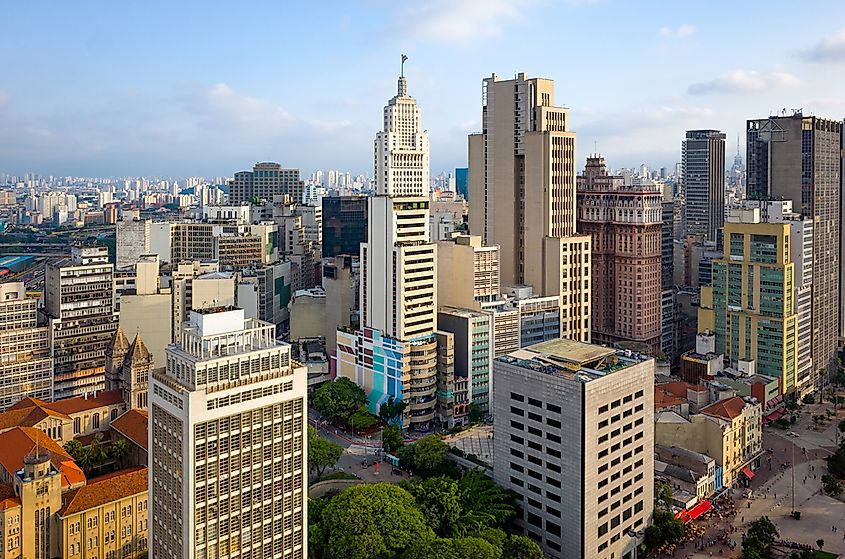
Brazil, the largest country in South America, is located on the continent's eastern side. Consisting of nearly 215 million people, Brazil remains the giant of South America in terms of GDP, ranking 9th in the world. Culturally, Brazil differs from many of its neighbors thanks to its colonial history under Portuguese rule. Brazil is the largest Portuguese-speaking country in the world.
Brazil's territory covers a significant portion of South America, and much of its land consists of the vast and wild Amazon rainforest. Some places in the Amazon are so remote that they are still home to a series of uncontacted tribes.
Chile
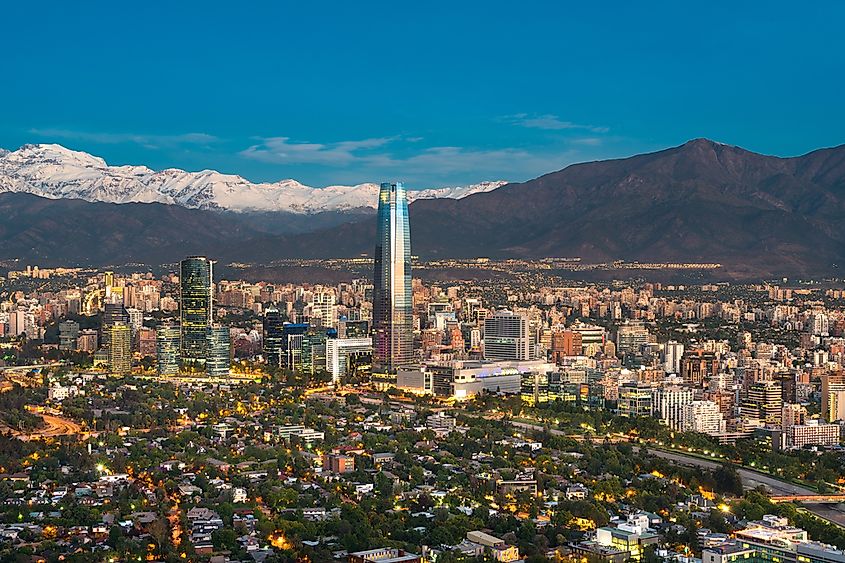
Chile is located along the western coast of South America. Easily recognizable on any map, Chile is well known for its odd slender shape that hugs the Pacific coastline and Andes Mountains. There are more than 20 million Chileans, the majority of whom live in the northern part of the country.
Chile's capital city, Santiago, is one of the world's earthquake hotspots. Chile sits right along the infamous "ring of fire" that circles the entire Pacific Ocean. Earthquakes here are incredibly common, with most of its residents continuing about their day when one does hit.
Colombia
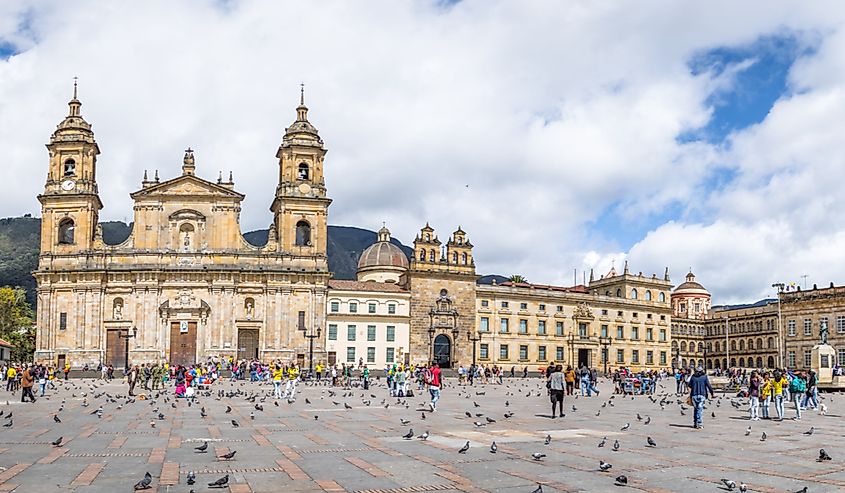
The charming country of Colombia is found in the northwest corner of South America. Bordering Central America to the north, Colombia is the true geographical gateway into the continent. The Colombian geography is very diverse, with thick rainforests, towering mountains, and white sand beaches.
The capital city of Bogota is home to 7 of the 53 million Colombians that reside within the country. The vast majority of Colombians live within the large cities, while only 20% of the population lives in rural areas.
Ecuador
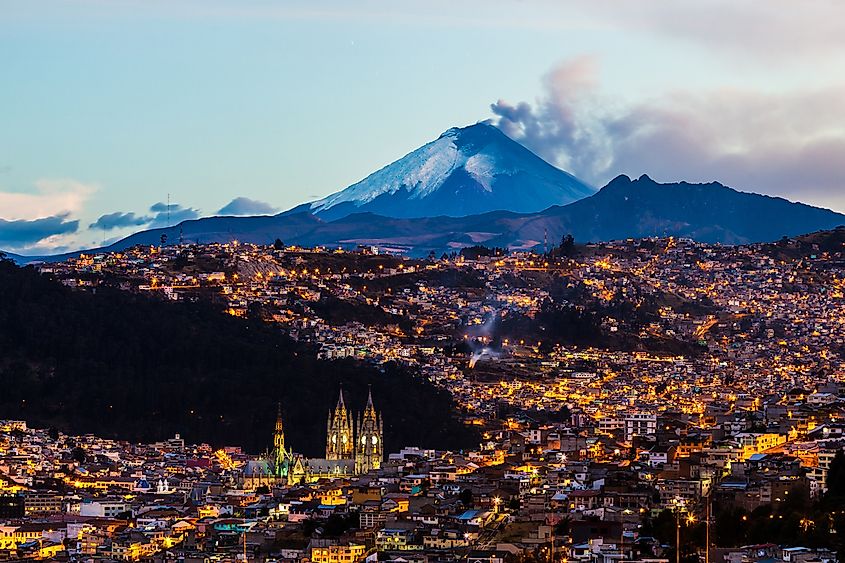
Ecuador means "equator" in Spanish, and the country sits on the western coast of South America. Despite only having a population of roughly 18 million people, Ecuador has managed to make its mark on history. Its largest claim to fame is being home to the Galapagos Islands, the place where Charles Darwin began his Theory of Evolution.
Ecuadorian history is quite captivating as well. The pre-Columbian Incan Empire once controlled Large swathes of Ecuador, which spanned much of western South America. The Spanish eventually conquered the Incans, but the ruins of their once-great empire can still be seen in Ecuador today.
Guyana
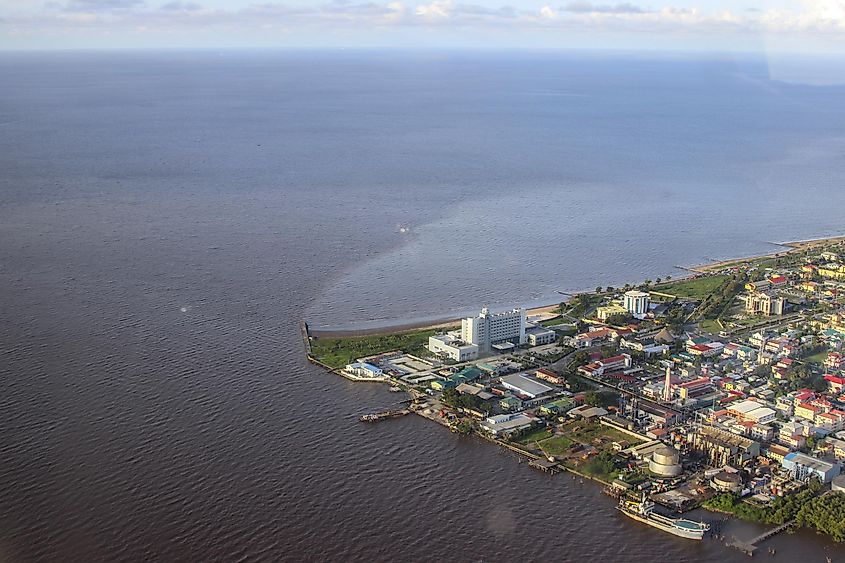
One of the lesser-known countries of South America, Guyana is located along the northern coast of South America along the Caribbean Sea. Home to only 725,000 people, the majority of the population can be found in Guyana's capital city, Georgetown.
The ethnic and religious demographics make Guyana a standout in South America. Nearly two-thirds of the nation are of Indian and African descent. Many of whom follow the Hindu faith. Last, Guyana is the only English-speaking country in South America.
Paraguay
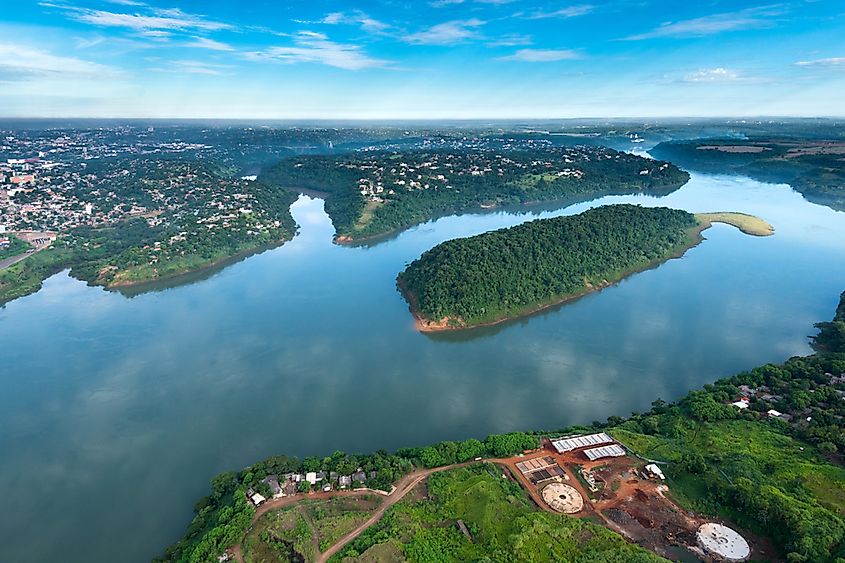
Paraguay is the other landlocked country in South America. Surrounded by Bolivia, Brazil, and Argentina, Paraguay only has access to the world's oceans through a handful of ports that they lease from their neighbors.
Paraguay has a small population of only 7 million, making it one of the least populated nations in South America. The Paraguayan land area used to be much larger in the 19th century, but it lost significant portions of its territory and people during a disastrous war that pitted it against its much stronger neighbors, namely Argentina and Brazil.
Peru
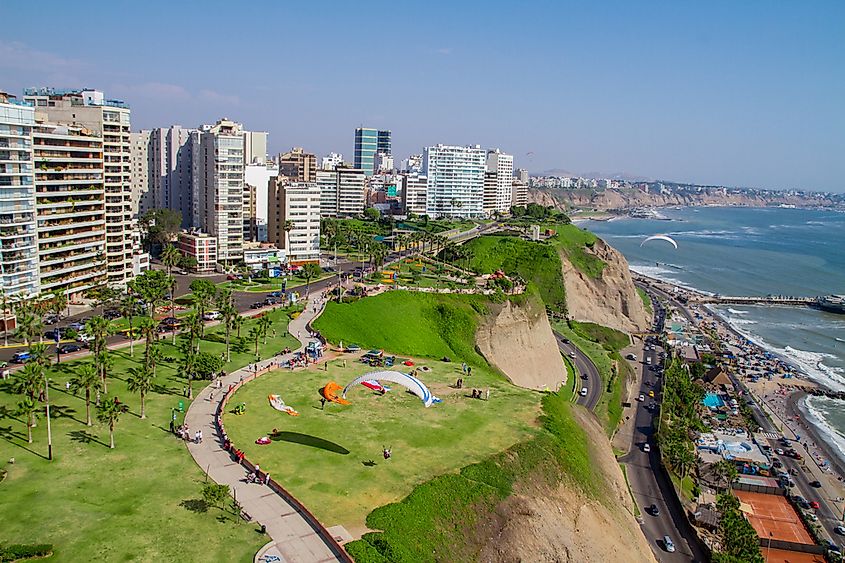
Peru can be found on the western coast of South America. Home to 33 million people, nearly a third of the population lives in Peru's capital, Lima. Peru is dominated by the Andes Mountains, which travel north to south.
Similar to Ecuador, Peruvians take immense pride in their Incan past. Perhaps the most celebrated relic of the Incans, Machu Picchu, is located in the heart of Peru. Spanish is the most commonly spoken language, but it is not uncommon to hear the native Quechua and Aymara languages spoken in the country's rural areas.
Suriname
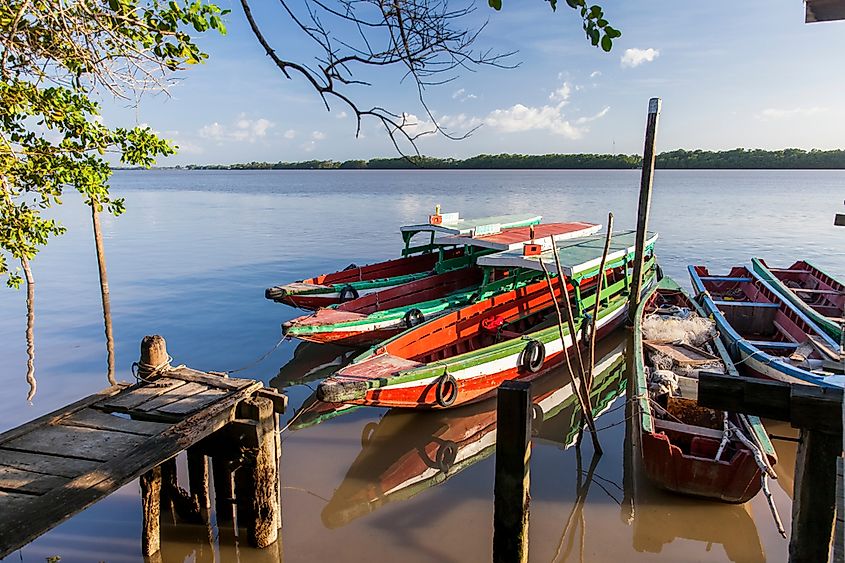
Suriname, another outlier in South America, breaks the traditional mold of largely Spanish-speaking, Catholic countries that make up the majority of the continent. Located along the northern coast of South America, Suriname is only home to around 650,000 people.
Suriname's official language is Dutch. Making it the only Dutch-speaking country in the whole of the Americas, both north and south. Its population is made up of those of Indian and Creole (European/African) descent. Its capital city, Paramaribo, hosts nearly 40% of its population.
Uruguay
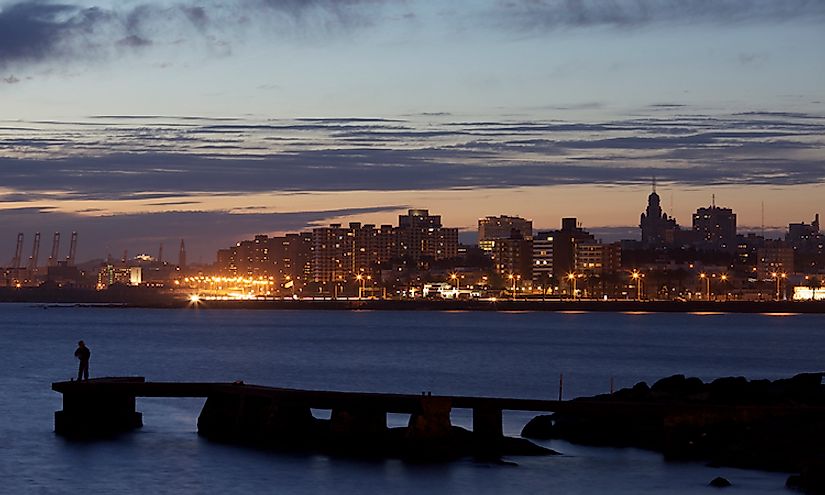
Sandwiched between Brazil and Argentina, Uruguay hugs the Atlantic coast of South America. Uruguay has a population of roughly 3.5 million people, a third of whom live in the capital city of Montevideo.
Similar to its neighbor Argentina, the vast majority of Uruguans are of European descent. It shares similar characteristics that are typical of South America. It is a Spanish-speaking, Catholic, and football (soccer) crazed country.
Venezuela
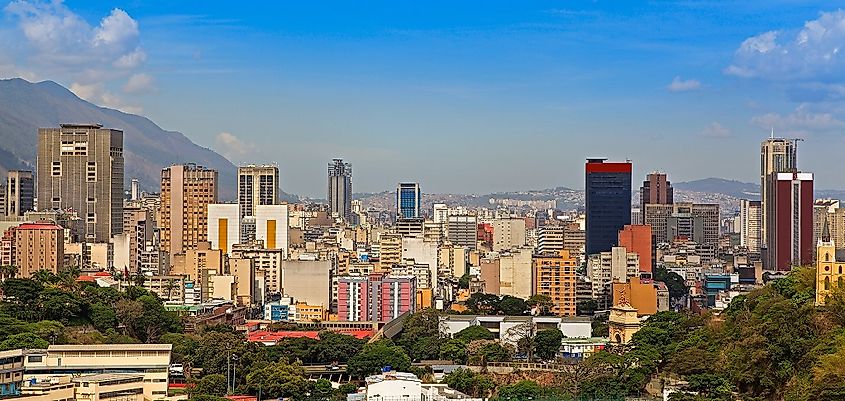
Venezuela is located in the north of South America along the Caribbean coastline. Venezuela's population is an estimated 33 million, most of whom live in cities. Caracas, the country's capital, is also the country's largest city, with around 2 million inhabitants.
Venezuela is known for many things; sadly, its economic woes appear to be at the top of the list. The country has been in an economic spiral for the past decade. If things are able to turn around, there is no reason Venezuela cannot return to what it was previously celebrated for. It's astounding hospitality and vibrant culture.
Dependencies Of South America
Dependencies, sometimes referred to as overseas territories, are semi-autonomous regions that are ruled directly or indirectly by another sovereign nation. In the case of South America, many of these dependencies are the result of previous colonial powers laying claims to parts of the continent as a way to project their own power in the area.
Falkland Islands
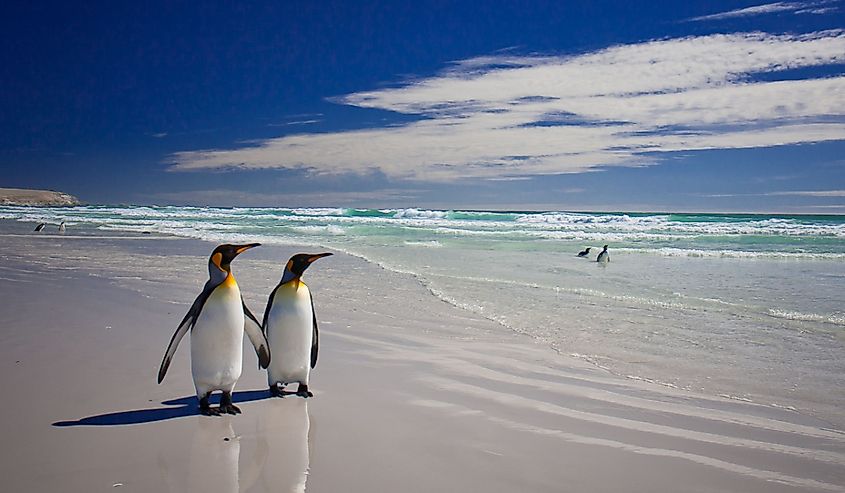
Perhaps the most famous dependency in South America is the Falkland Islands. Located east of Argentina, these islands remained contested well into the 19th century until a small presence was established by the British in 1833.
In the 1980s, the islands were famously invaded by the Argentinians, provoking a brief but deadly war with Britain. Britain emerged victorious and still holds the islands to this day. The Falklands themselves are incredibly remote and only sustain a population of roughly 2,800 people.
French Guiana
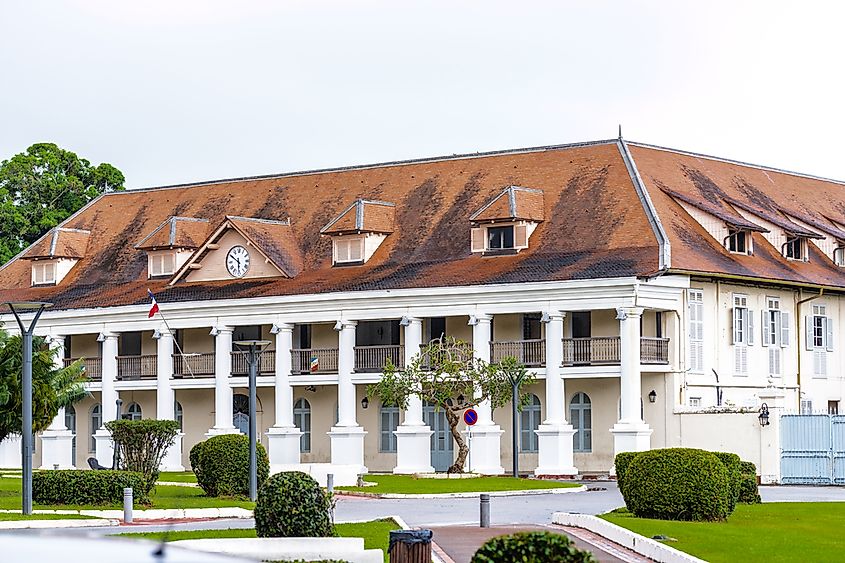
Found in the north of South America, French Guiana is considered to be a French overseas territory. French Guiana shares a border with Brazil and Suriname. Its capital city, Cayenne, is home to more than half of the 310,000 people who live in French Guiana.
The French have had a significant presence in the area since the early 17th century. Originally used as a base of operations for trade, the French transformed the colony into a penal colony in 1852. Between 1852 and 1939, more than 70,000 French criminals were sent to French Guiana as punishment.
South Georgia and the South Sandwich Islands
The South Georgia and South Sandwich Islands are located in the south of the Atlantic Ocean, miles away from the South American shoreline. Similarly to the Falklands, the islands remained unclaimed for centuries until Argentina made an attempt to incorporate them in the 1930s.
However, the British disputed this and considered them a part of their territory. During the Falklands War, the islands were captured briefly by Argentine forces but were eventually retaken. Today, they remain under British control and are only used for fishing rights. There is no permanent population on the islands.
Conclusion
South America is surprisingly diverse. Even though Spanish influence is prevalent throughout the continent, Portuguese, English, Dutch, Indigenous, and even some South Asian cultures thrive in this region. There might not be another place on Earth where various cultures and ways of life have merged and blended this seamlessly.











